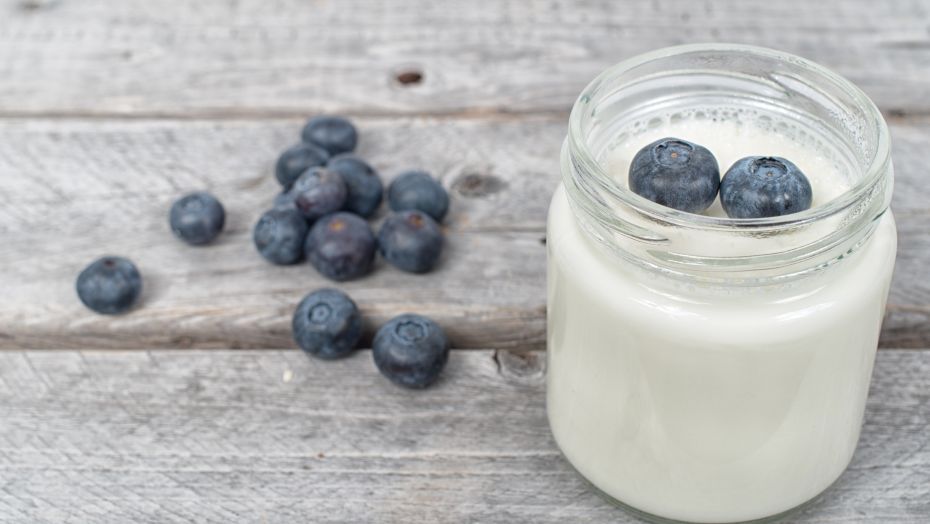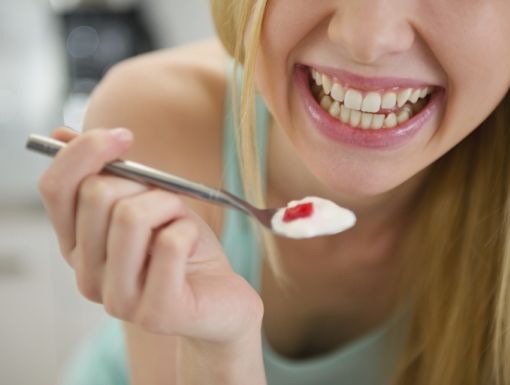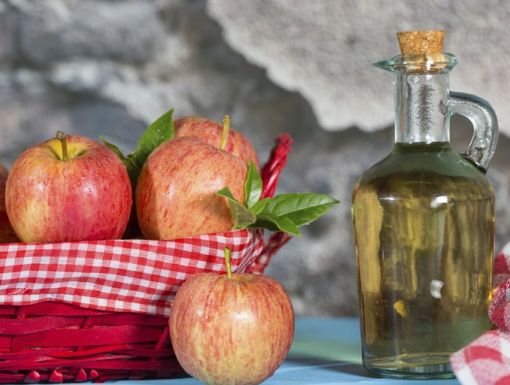
Prebiotics vs. Probiotics?
Many people today take probiotics — also known as the “good bacteria” — to improve their digestive health. In order to receive the immense benefits that probiotics provide, it is important to make sure that prebiotics are also included your daily intake.
So what exactly are prebiotics, and how do they work together with probiotics to make us healthy?
Probiotics are helpful bacteria, while prebiotics are the food for these bacteria.
- Probiotics are live microorganisms that are linked to many health benefits, especially those associated with your digestive system.
- Prebiotics are food specific for the good bacteria in your gut. Their purpose is to increase the number of probiotic bacteria that become established in your digestive tract by providing a source of energy for them — allowing you to receive the immense benefits of probiotics.
Although prebiotics and probiotics do not need to be taken at the same time to provide health benefits, both should be included in your diet. Try using these everyday food items to give your gut the good bacteria it needs.
Probiotics:
- Greek Yogurt: Any yogurt with a pure, simple ingredient list that includes 'live, active' cultures is a great probiotic.
- Buttermilk: Buttermilk is a good source of probiotics, thanks to the live cultures added to ferment the milk sugars. Cooking with it, however, will destroy the live cultures.
- Kefir: Kefir is made by fermenting milk with a culture of yeasts and bacteria that are referred to as kefir 'grains.' Stick with plain, unflavored kefir to minimize added sugars.
- Kimchi: The freshly made kimchi found at Asian markets and restaurants is rich in probiotics, but, like sauerkraut, kimchi in a jar that has been on the shelf for months has been heat treated, and doesn't contain live, active cultures.
- Miso: Miso is made by fermenting cooked soybeans with rice or barley, salt and koji (a starter culture) to form a red, white, or dark colored paste. Miso is a great salt substitute for any dish that needs some extra flavor.
Prebiotics:
- Garlic: Raw garlic is filled with a variety of nutrients and acts as a prebiotic by promoting the growth of beneficial Bifidobacteria in the gut. It also prevents disease-promoting bacteria from growing.
- Onions: Raw and cooked onions are both great sources of prebiotics. Onions are one of the best sources of the gut-healthy, soluble fiber called oligofructose, a natural source of inulin which the gut uses to clean itself out and increase the number of good bacteria.
- Asparagus: Asparagus has been shown to promote friendly bacteria in the gut and has been linked to the prevention of certain cancers.
- Apples: The pectin in apples has prebiotic benefits. Pectin promotes healthy gut bacteria and helps decrease harmful bacteria. It also helps lower cholesterol and reduce cancer risk.
- Flaxseeds: The fiber in flaxseeds promote healthy gut bacteria, promote regular bowel movements, and reduce the amount of dietary fat you digest and absorb.
So do you need both prebiotics and probiotics? YES! Found in many of the everyday foods we eat, it’s easy to create a “pre/pro”-biotic balanced diet to keep you healthy and your gut in-check.
For more details on probiotics, check out Molly’s original article on Nola.com.



